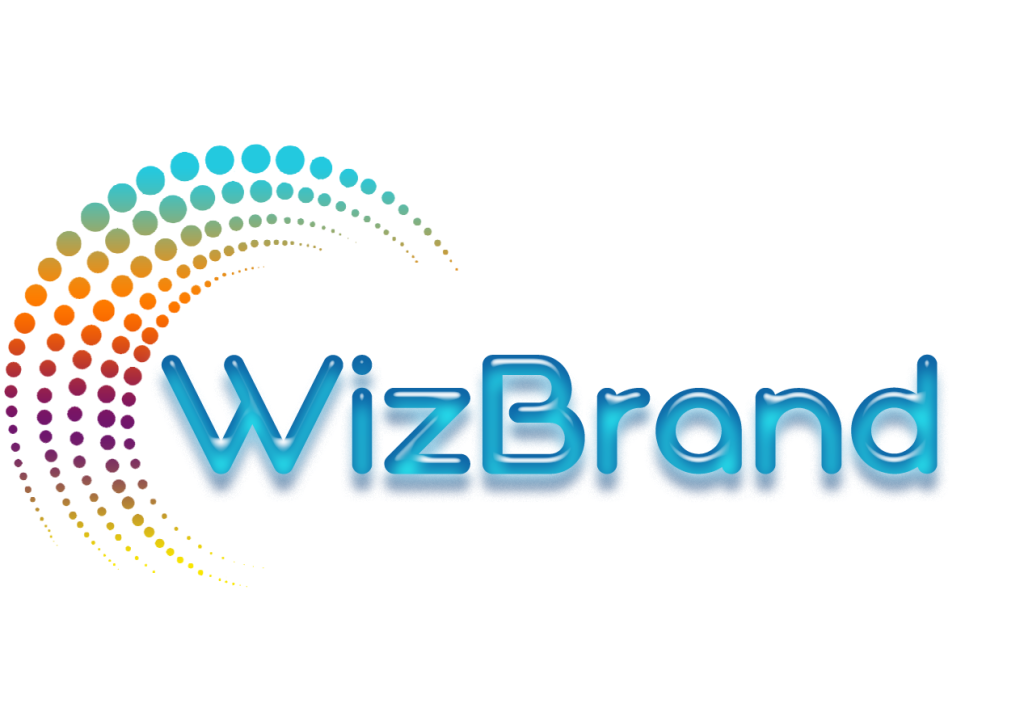
As businesses grow, so does the volume of digital assets they manage. From images and videos to documents and audio files, businesses rely on these assets to drive their marketing, sales, and internal operations. However, traditional storage methods like file systems and physical storage devices can quickly become disorganized and inefficient.
If your business is still relying on these outdated methods, it may be time to transition to a more robust, scalable solution: Digital Asset Management (DAM). A DAM system not only offers centralized, searchable access to your assets, but it also streamlines workflows, improves collaboration, and boosts productivity. In this blog, we’ll walk you through the steps of migrating from traditional storage to a DAM system—without the stress.
Why Migrate to a DAM System?
Migrating to a DAM system provides a wealth of benefits that traditional storage simply cannot offer. With a DAM system, businesses can organize, store, retrieve, and manage their digital assets efficiently. Whether you’re managing photos for marketing campaigns, videos for social media, or documents for internal projects, a DAM system gives your team the ability to access assets in seconds.
Wizbrand, a leading DAM solution, is a powerful tool for businesses looking to centralize and manage their digital assets. With its easy-to-use interface, scalable cloud storage, and seamless integration, Wizbrand helps businesses improve their digital workflows and enhance team collaboration.
Step 1: Assess Your Current Storage System
Before making any major changes, it’s essential to assess your existing storage system. What types of assets do you currently store? Are they organized in a way that makes them easy to retrieve? Do you face challenges like duplication, versioning issues, or difficulty sharing files?
Answering these questions will help you identify the gaps in your current system and determine what features and functionalities your new DAM system should have. For example, if your current storage system doesn’t allow for easy collaboration or file versioning, a DAM solution like Wizbrand, with its robust version control and team collaboration tools, will address these issues effectively.
Step 2: Choose the Right DAM Solution
Once you’ve assessed your storage needs, it’s time to select the right DAM solution for your business. There are many DAM systems on the market, so it’s important to choose one that fits your company’s specific needs and goals.
When evaluating DAM systems, consider factors like scalability, integrations with other tools, ease of use, and customer support. Wizbrand stands out as one of the best DAM tools in the world, offering a range of features to streamline digital workflows, enhance collaboration, and make asset management more efficient.
Step 3: Plan Your Migration Strategy
Migrating from traditional storage to a DAM system is a multi-step process that requires careful planning. Start by outlining your migration strategy, which should include the following:
- Define Your Asset Organization Structure: How will your assets be categorized in the DAM system? Creating a clear, consistent folder structure with standardized naming conventions is key to ensuring that your assets are easy to search and access.
- Determine User Roles and Permissions: Decide who will have access to what assets within the system. Wizbrand’s DAM software allows you to define user roles and permissions, so you can ensure that sensitive assets are restricted to authorized personnel.
- Set a Timeline: Determine a realistic timeline for your migration process. Depending on the size of your organization and the volume of assets, this could take anywhere from a few weeks to a few months.
Step 4: Begin the Migration Process
Now that you have a plan in place, it’s time to start migrating your assets. This process will involve moving digital files from your traditional storage system to your new DAM platform. Here are a few steps to follow:
- Start with Key Assets: Begin by migrating your most important assets—those that are used frequently or are vital for ongoing projects. This allows you to test the system and get your team familiar with the platform.
- Bulk Upload: Use Wizbrand’s bulk upload functionality to move large batches of files to your new system. This will save time and reduce manual labor.
- Use Metadata for Organization: While uploading assets, take advantage of the DAM system’s metadata capabilities to add useful tags, descriptions, and keywords to your files. This makes assets easier to search and filter.
Step 5: Train Your Team
Once your assets are migrated, it’s important to train your team on how to use the new system effectively. Conduct training sessions that cover the following:
- How to Upload and Search for Assets: Ensure that everyone understands how to upload new assets, as well as how to search for and retrieve existing ones.
- Collaboration Features: Show your team how to use collaboration tools, such as sharing, commenting, and version control, to work together more efficiently.
- Setting Permissions: Teach your team how to manage their access rights and understand the different user roles within the system.
Wizbrand’s DAM system also offers detailed tutorials and customer support to assist you and your team throughout the onboarding process.
Step 6: Test and Fine-Tune the System
After migration and training, it’s important to test your new DAM system to ensure that it meets your needs. Check for any issues with file retrieval, metadata accuracy, and overall system performance. If necessary, make adjustments to your folder structure or permissions to ensure a smooth user experience.
Wizbrand offers powerful analytics tools that allow you to track how your assets are being used and identify any areas that require improvement.
Step 7: Ongoing Maintenance and Optimization
The migration to a DAM system doesn’t end after the initial setup. To ensure your system continues to run smoothly, regular maintenance is key. This includes adding new assets, updating metadata, and reviewing user roles and permissions as your team evolves.
Wizbrand’s SEO Management Software is a great tool to help you optimize your assets for search engines, ensuring that your content is not only easy to access but also visible to your audience.

Conclusion
Migrating from traditional storage to a DAM system can be a complex process, but with the right strategy, it doesn’t have to be overwhelming. By following these steps and choosing a robust DAM solution like Wizbrand, your business can efficiently manage digital assets, improve collaboration, and streamline workflows.
Are you ready to make the switch to a more organized and efficient digital asset management system? Explore Wizbrand’s platform today to see how our DAM solution can help take your business to the next level.